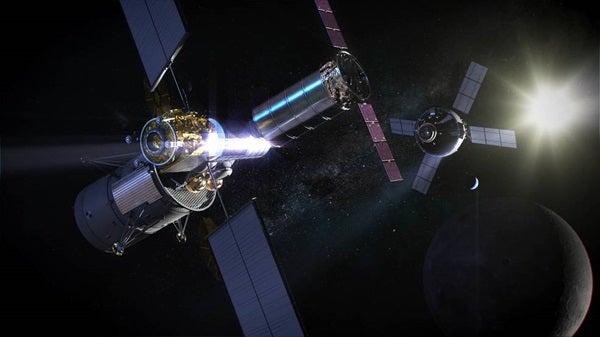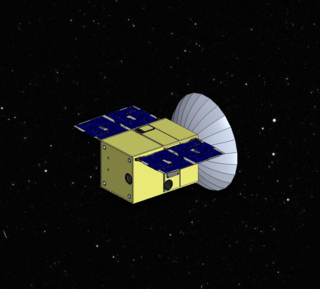The CubeSat, named CAPSTONE, will be a tiny satellite with the same orbital path that Gateway could eventually take. This path will rotate together with the Moon as it orbits Earth, brining it as close to the Moon’s surface as 1,000 miles. CAPSTONE could launch as early as December 2020, and with it, could demonstrate how to enter and operate in this lunar orbit before the much larger spacecraft for Gateway are ready.

Bringing the universe to your door. We’re excited to announce Astronomy magazine’s new Space and Beyond subscription box – a quarterly adventure, curated with an astronomy-themed collection in every box. Learn More >>.
Along with configuring the orbital path, the CubeSat will test new navigation technologies, which will allow future missions to find their location without having to rely on tracking from Earth. CAPSTONE will also help the team answer how small dedicated launches to the Moon will work, once there are astronauts on Gateway.
CAPSTONE is only about the size of a small microwave. To reach its target orbit, it’ll take about three months. From there, it will begin a six-month demonstration phase. During this time, the team will understand how the CubeSat will operate in the orbit.
Gateway will be a NASA-built spacecraft that will serve almost as a traveler’s outpost, orbiting the Moon. The space agency hopes to have astronauts living on the small space station for up to three months, giving them a place to conduct experiments and travel to the lunar surface in a short amount of time. This will also serve as a checkpoint for astronauts, their first stop from Earth to the Moon. As they make their way toward the lunar surface, they’ll have to stop at Gateway first.











